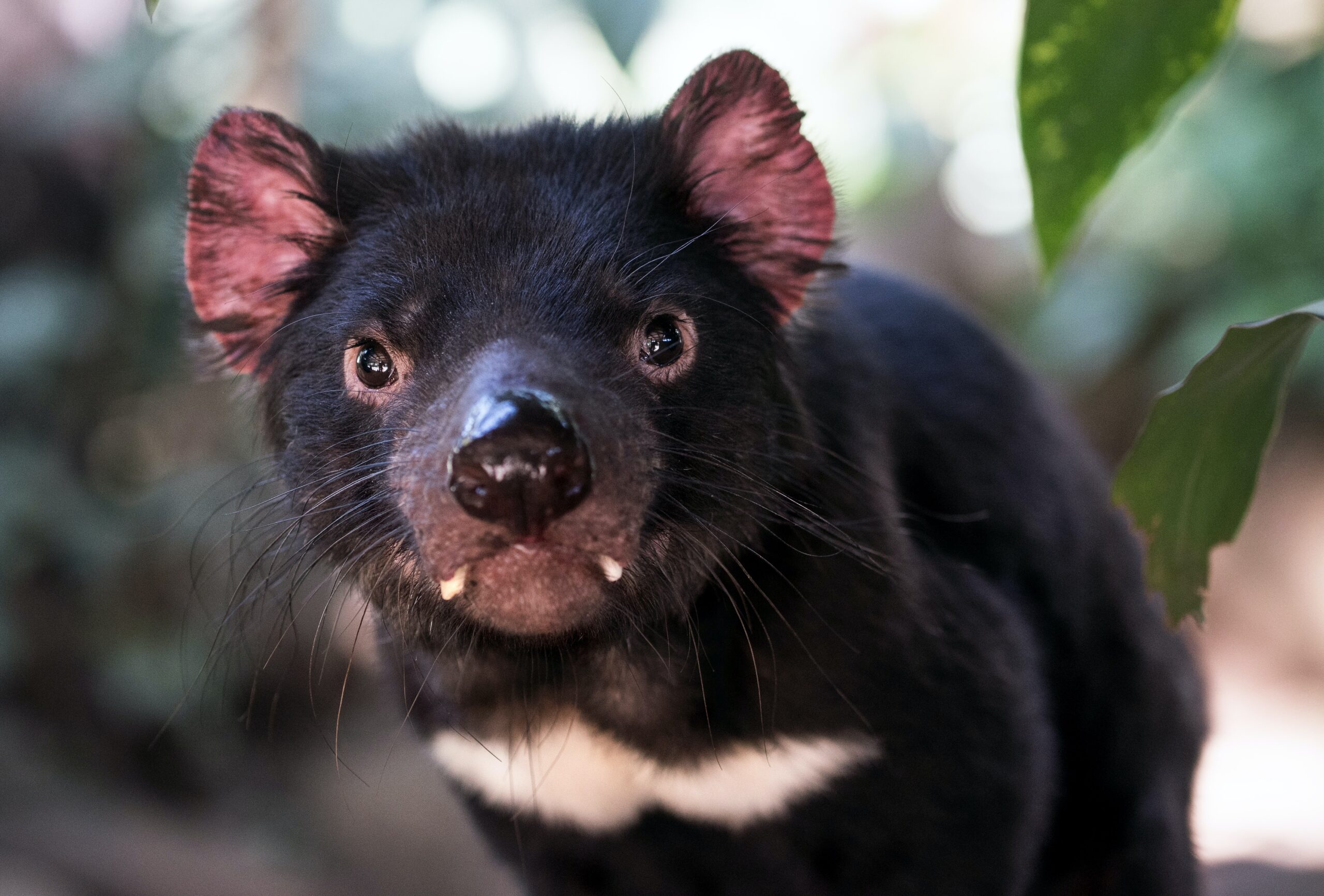Research published recently in the journal iScience has found genetic diversity in insurance populations of Tasmanian devils (Sarcophilus harrisii) is just as robust as it is in wild populations and confirms the effectiveness of captive breeding and management strategies.
The study, led by researchers from the University of Sydney’s Australasian Wildlife Genomics Group, involved analysing and comparing 830 wild samples collected from 31 locations between 2012 and 2021, and those from 553 insurance devils, collected from zoos, and Maria Island off Tasmania’s east coast. No substantial differences were found in the diversity of over 500 critically important genes between the wild and insurance populations.
Results also showed that despite research conducted in 2015, that suggested devils had low genetic diversity, there are in fact six genetically diverse groups spread across the state.
Co-author Carolyn Hogg, Senior Research Manager at AWGG said the genetic consistency was likely a result of the ongoing strategic management of the insurance population, which includes over 37 zoos as well as the Maria Island devils.
“Improving gene flow between regions may lead to improved genetic diversity in the species, and by integrating orphan joeys that have been exposed to the fatal facial tumour disease in the wild, we’ve ensured that any genetic changes have been captured as a result of the disease,” she said.
As well as devils, other species increasingly under pressure from fatal diseases include amphibians and chytrid fungus, and bats and white-nose syndrome, so research that is able to provide a greater understanding of functional genetic diversity is particularly important for disease resistance and susceptibility. Scientists said the aim of the study was to, ‘determine if the insurance metapopulation devils are representative of current wild genetic diversity, given recent speculation that wild populations are becoming “resistant” to the disease’.
Population genetic theory indicates that populations that have undergone significant declines are more likely to be exposed to small population pressures such as further loss of genetic diversity and accumulation of inbreeding. This in turn can limit the species’ capacity to adapt to current and emerging threats, but the Tasmanian devil breeding strategy can be applied to other endangered species according to Hogg, and it will be a useful tool to address the global biodiversity crisis.
“We’ve already applied it to species which are part of different safe haven (fenced site) populations on the Australian mainland, such as bilbies, and the extremely rare woylies,” she said.
Monitoring the health and genetics of the devils will continue for at least four to six years.
Anne Layton-Bennett



